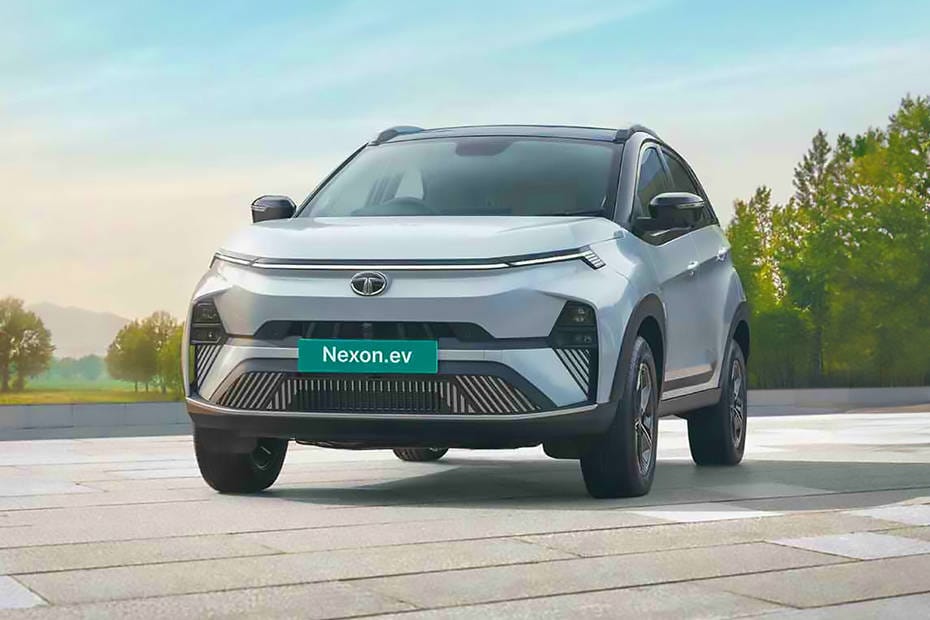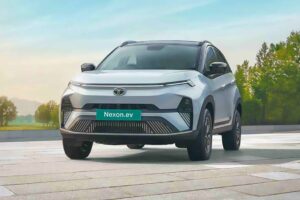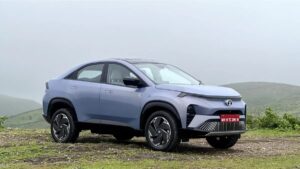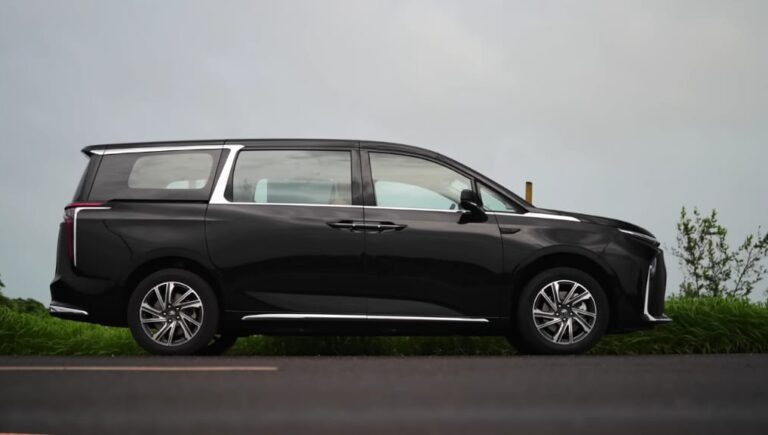
Detailed Explanation: Why Tata EV Cars Are Succeeding
1. Aggressive & Attractive Design
Tata’s EVs like the Nexon EV, Tiago EV, and Curvv concept have a bold, futuristic design that attracts young buyers. The sharp lines, LED lights, and SUV stance make them look premium. Even if Tata takes inspiration from global designs, they rework them to suit Indian tastes.

2. Smart & Strong Marketing
Tata understands how to promote EVs to Indian consumers. Their advertisements focus on:
Eco-friendliness (“Go Green”)
Indian roads & conditions
Family safety and value They also use celebrities and influencers to make EVs look cool and desirable.
3. Tata’s Trust & Social Service Image
Tata is not just a car company; it’s a trusted brand in India. Many Indians associate Tata with honesty, social service (like the Tata Trust), and national pride. This emotional connection encourages people to choose Tata vehicles over others.
4. Value for Money
Tata offers EVs in multiple price ranges:
Tiago EV
Nexon EV
Tigor EV (sedan option) Each car gives:
Good range (200–400 km)
Fast charging
Advanced features (connected tech, touchscreen, drive modes)
This balance of price and features makes Tata cars perfect for the middle class.
5. High Safety Ratings
Tata leads in car safety. Models like the Nexon, Punch, and Altroz have 4-star or 5-star safety ratings from Global NCAP. Tata applies the same safety standards to EVs, making them trusted family cars.

Detailed Explanation: Why Mahindra EV Cars Are Struggling
1. Late Entry into the EV Market
Mahindra actually entered the EV market long ago with the Reva and e2o, but they failed to evolve. By the time they launched the XUV400, Tata had already taken a huge lead. Mahindra lost the first-mover advantage in the personal EV space.
2. Very Few EV Models
Tata offers multiple EVs, but Mahindra mainly has:
XUV400
A few e-rickshaws and commercial EVs
They don’t have affordable options like Tiago EV or sedan EVs. This limits customer choice.
3. Unattractive EV Designs
Compared to Tata’s bold look, Mahindra EVs like the e2o or XUV400 have less exciting looks. Some older models even looked like toys. In the EV market, visual appeal matters a lot, especially to younger buyers.
4. Weak Marketing
Mahindra hasn’t created strong emotional or technical campaigns for EVs. Many people don’t even know Mahindra makes EVs. This lack of awareness and brand visibility directly affects sales and popularity.
5. Strong in Diesel, Weak in EV
Mahindra dominates the diesel SUV segment with cars like Thar, Scorpio, and XUV700. But in EVs, they lack experience, products, and infrastructure. Tata, meanwhile, has focused more on building EV tech and charging ecosystems.
Final Thoughts
Tata is Winning Because:
It entered early, built trust, and launched cars for every budget.
Tata Power helped create a charging network, giving users confidence.
It focused on safety, design, and customer needs.
Mahindra is Struggling Because:
It was slow to adapt, launched fewer EVs, and under-marketed them.
They focused on commercial EVs, ignoring personal car buyers.
They need better design, features, and awareness to compete.







